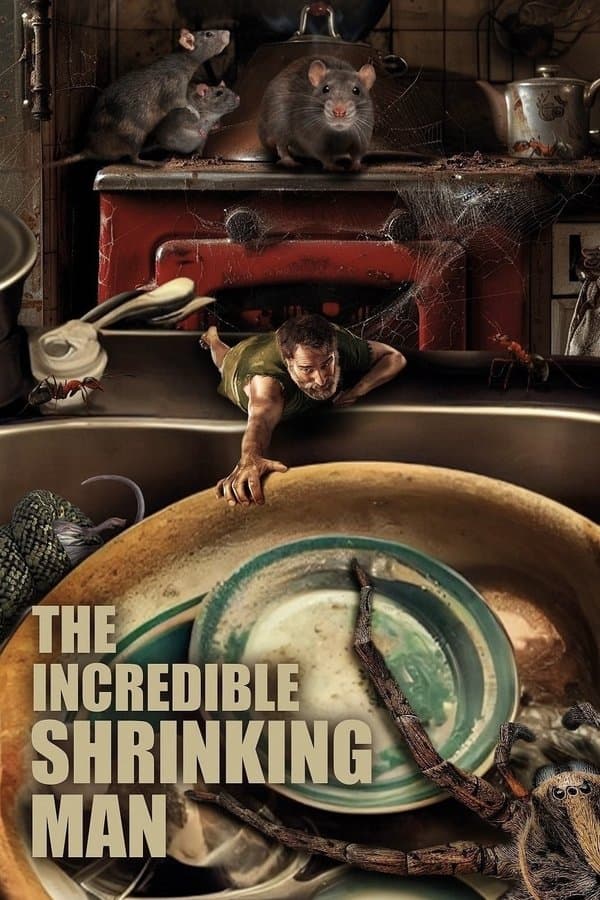
The Incredible Shrinking Man
2025 • Adventure, Science Fiction
Paul, is an ordinary man who divides his life between his shipbuilding company, his wife Elise and their daughter Mia. During a sea trip, Paul finds himself confronted with a strange, unexplained meteorological phenomenon. From then on, Paul shrinks inexorably, without science being able to explain why or be of any help to him. When, by accident, he finds himself a prisoner in his own cellar, and while he is only a few centimeters tall, he will have to fight to survive in this banal environment that has become perilous. During this experience, Paul will find himself confronted with himself, with his humanity, and will try to answer the great questions of existence.
Runtime: 1h 39m
Why you should read the novel
Before you watch The Incredible Shrinking Man (2025), read the source novel The Shrinking Man by Richard Matheson. This lean, propulsive classic blends existential science fiction, psychological horror, and survival adventure with unmatched intensity.
Matheson’s prose immerses you in Scott Carey’s shrinking world, from domestic tensions and social alienation to basement-scale battles against a housecat and a spider. The book’s intimate interior monologue delivers nuance no screen can fully capture.
Whether you love vintage sci-fi or modern thrillers, the novel offers deeper themes: masculinity, identity, consumer-age anxiety, and a transcendent finale that redefines what it means to exist. Discover why the book remains the definitive experience and the essential source material behind the movie.
Adaptation differences
Note: Detailed specifics of the 2025 adaptation have not been widely released as of my latest knowledge. Historically, screen versions streamline the novel’s intense first-person interiority. The book lives inside Scott’s mind, charting shame, desire, anger, and awe; films externalize these through visuals and dialogue, often reducing the psychological granularity that drives the novel’s most haunting moments.
Structure differs, too. The novel braids present-tense survival in the basement with flashbacks to married life and the slow-motion collapse of normalcy. Adaptations typically linearize events and compress the timeline, prioritizing set pieces over the book’s rhythmic alternation between domestic drama and micro-scale wilderness.
Expect thematic recalibration. Matheson interrogates mid-century masculinity, media sensationalism, and medical uncertainty, culminating in a contemplative, cosmic acceptance. A contemporary film may amplify spectacle and threat, reframe gender dynamics, and update the shrinking catalyst from 1950s radiation and chemicals to modern anxieties such as industrial toxins, nanotech, or environmental exposure.
Characters and emphasis often shift. The novel devotes significant pages to Scott’s strained marriage with Louise, his complicated friendship with a little person named Clarice, and the grim practicalities of hunger, injury, and improvisation. Adaptations frequently condense or reconfigure these relationships and may alter the tone, duration, or philosophical emphasis of the ending, even when preserving its essential message of persistence.
The Incredible Shrinking Man inspired from
The Shrinking Man
by Richard Matheson















